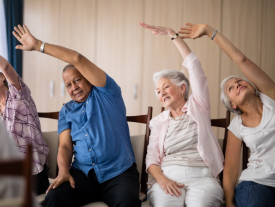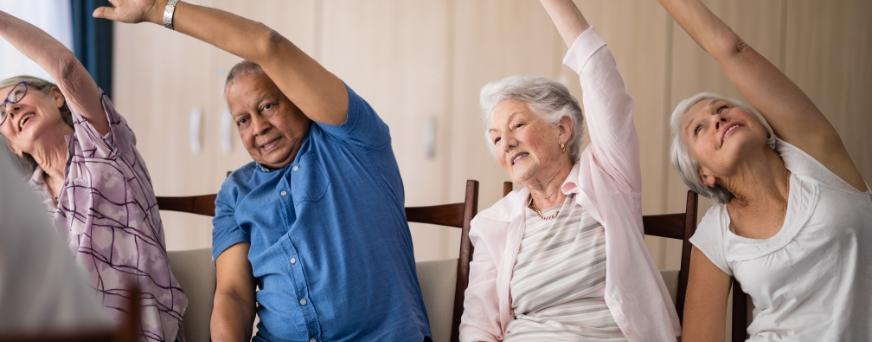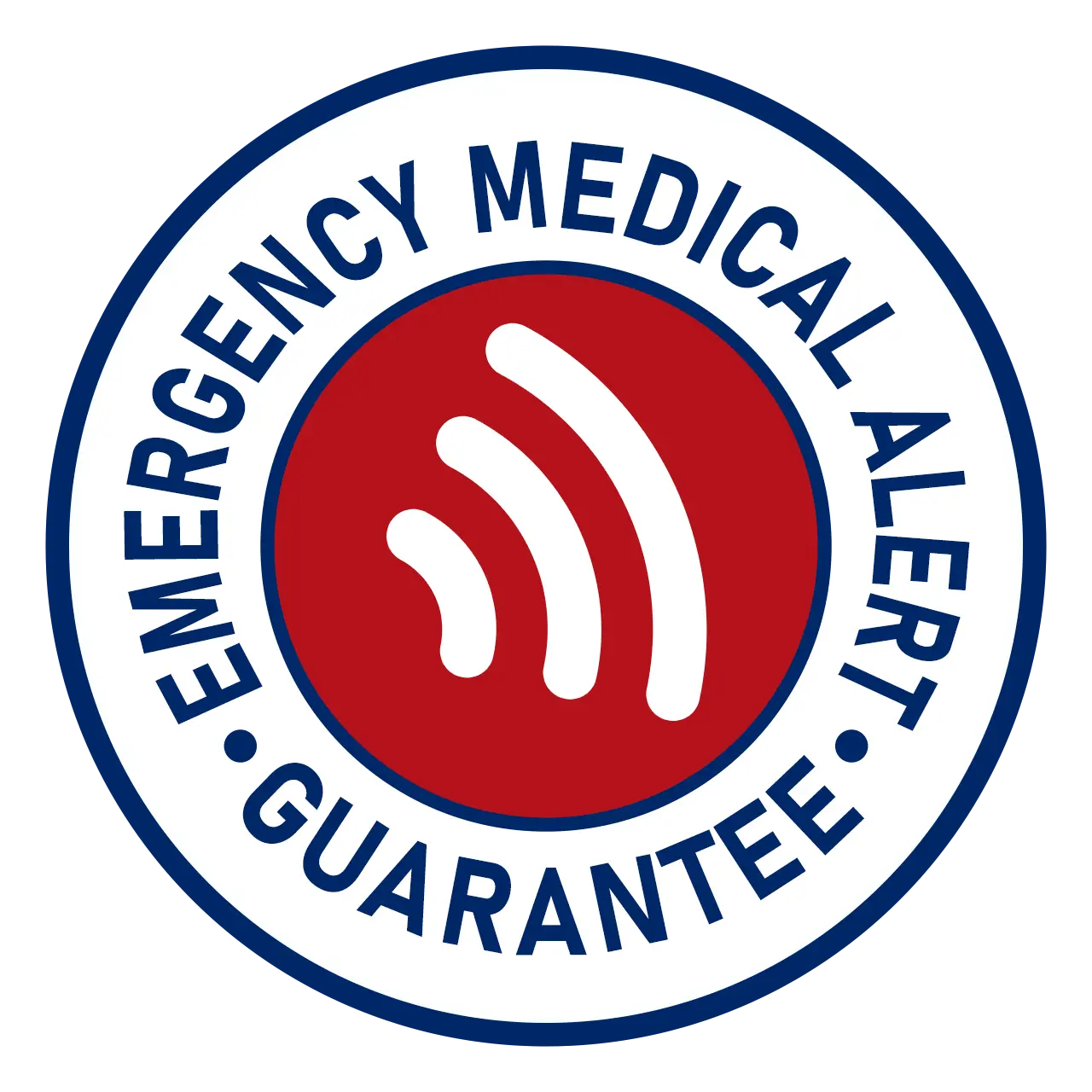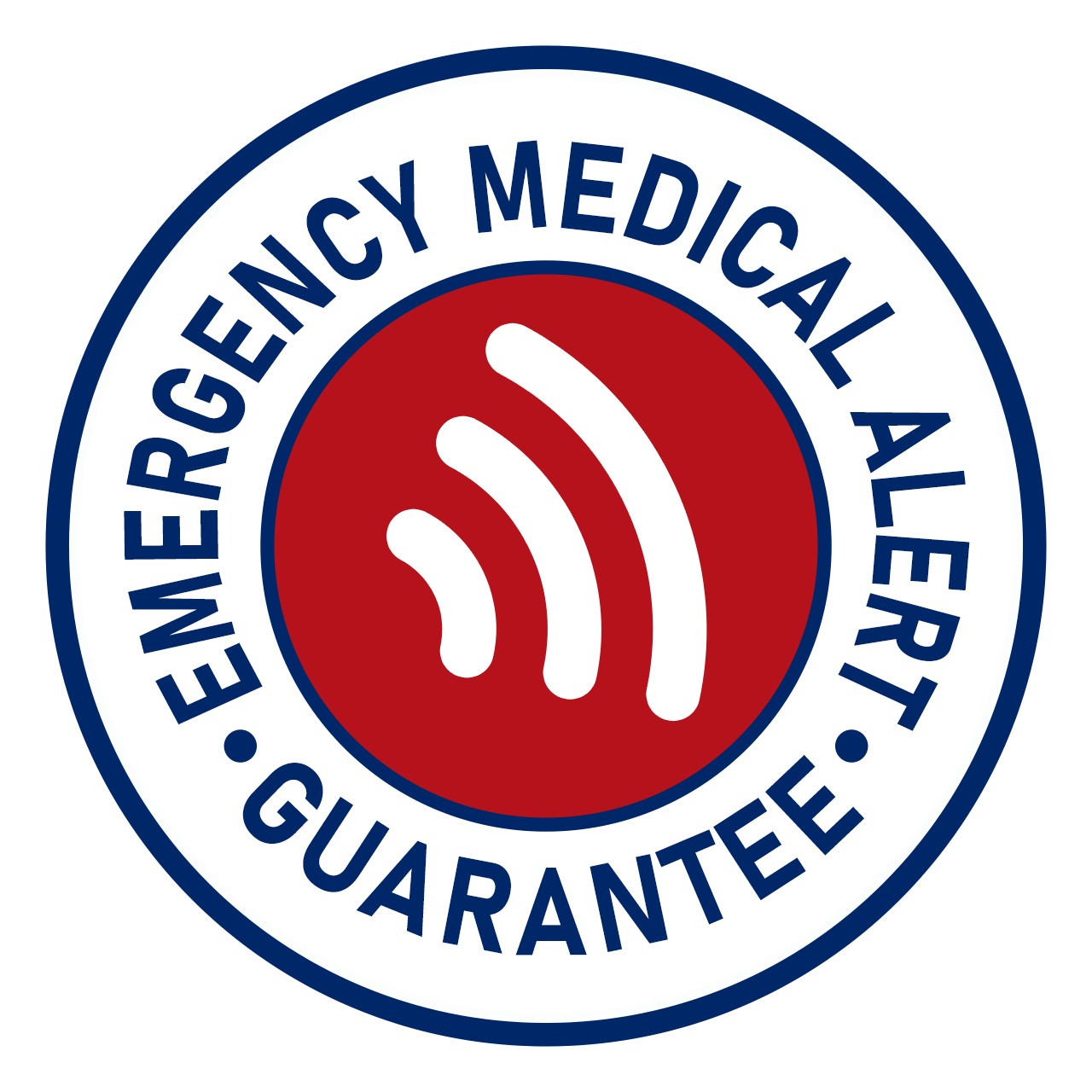Recognizing The Early Signs Of Parkinson’s Disease: What To Expect
Spotting the early signs of Parkinson’s disease can make a significant difference in managing the condition for seniors in the USA. This neurological disorder often starts with subtle symptoms like tremors, slowed movement, and muscle stiffness, which can easily be missed. Noticing symptoms early helps with timely action and preparation for upcoming challenges.
There are several early symptoms of Parkinson's, including changes in balance and speech, and many strategies that can be utilized to prepare for this disease. Being familiar with these signs supports timely decisions and planning to manage Parkinson’s and maintain control over your health.
What Is Parkinson's Disease?
Parkinson's disease is a progressive disorder that affects movement and is rooted in the brain's substantia nigra. Here, nerve cells produce dopamine, a chemical essential for smooth and coordinated muscle movements. When these cells deteriorate, dopamine levels drop, leading to the hallmark symptoms of Parkinson's.
The effects on daily life can be significant. Early on, symptoms might be subtle, but as they advance, everyday tasks like walking, writing, or speaking can become difficult. This can affect day-to-day routines and independence.
Detecting Parkinson's early enables individuals and their families to plan and manage the condition more effectively. By spotting early signs, interventions can begin sooner, which may slow symptom progression and help a person to maintain independence for a longer period of time.
Recognizing The Early Signs Of Parkinson's Disease

Spotting Parkinson's early can make a world of difference for seniors and their families. Early detection opens the door to treatments that might ease symptoms and slow the disease's progression. Knowing what to look for gives someone a chance to make health decisions in a timely manner.
1. Tremors And Shaking
Tremors often signal the onset of Parkinson's. These involuntary shakes usually start in the hands or fingers and are especially noticeable when the body is at rest. The classic "pill-rolling" motion between the thumb and forefinger is a key sign. While some shaking can be a normal part of aging, Parkinson's tremors are persistent and should be checked by a doctor.
2. Slowed Movement (Bradykinesia)
Bradykinesia, or slowed movement, can make everyday tasks like buttoning a shirt or brushing teeth more time-consuming. This slowdown can be frustrating and is sometimes mistaken for normal aging. However, when these changes persist, consulting a healthcare provider is recommended.
3. Muscle Rigidity
Muscle stiffness is another early warning sign. It can affect any part of the body, limiting movement and causing discomfort. Seniors might struggle with bending their arms or legs and notice a drop in flexibility. This stiffness can make limbs feel heavy, and it impacts mobility and daily life.
4. Impaired Posture And Balance
Changes in posture and balance are telling signs of Parkinson's. Seniors might lean forward or backward awkwardly or develop a shuffling gait. These changes heighten the risk of falls, which can lead to serious injuries. Early recognition allows for strategies to improve balance and reduce fall risks.
5. Changes In Speech And Writing
Subtle shifts in speech and writing can also indicate Parkinson's. Speech may become softer or slurred. Handwriting might shrink and become cramped, known as micrographia. These changes can affect daily interactions, which highlights the need for early intervention.
Preparing For The Onset Of Parkinson's Disease

Recognizing the early signs of Parkinson's is just the beginning. Preparing for its potential onset involves thoughtful planning and proactive steps that can help seniors and their families manage the condition more effectively. These measures can lead to a better quality of life and help loved ones navigate the challenges Parkinson's may bring.
Medical Consultation And Diagnosis
If early signs of Parkinson’s appear, contacting a healthcare provider and scheduling an appointment with a neurologist can help clarify the cause. These specialists conduct thorough evaluations, including neurological exams and a review of the patient’s medical history. Imaging tests like MRIs or PET scans may also be used to rule out other conditions. Early diagnosis can confirm Parkinson’s. It also allows for timely interventions, including medication or therapy, to manage symptoms.
Receiving a diagnosis early allows time to explore symptom management strategies and available therapies to improve quality of life. It also provides time to consider participating in clinical trials, which can offer access to new therapies and contribute to advancing research in Parkinson's disease.
Lifestyle Adjustments
Changes in daily habits can help manage Parkinson's symptoms. Regular physical activities like walking, swimming, or yoga can enhance mobility and balance. A diet rich in fruits, vegetables, and whole grains supports brain health and symptom management.
Staying socially active is equally important. Participating in community events or joining support groups can offer emotional support and help combat the isolation often felt by those with chronic conditions.
Planning For Care And Support
As Parkinson's progresses, it’s wise for patients and their families to make plans for care and support. Involve family members in these discussions early to ensure everyone's needs and preferences are considered. Professional care options, like in-home services or assisted living, can provide necessary support while allowing seniors to maintain independence. Open communication with loved ones about preferences and concerns can ease transitions and ensure the senior's wishes are respected.
Conclusion
Recognizing the early signs of Parkinson’s disease can shape how someone manages their health going forward. Spotting symptoms like tremors, slow movement, and speech changes gives seniors a chance to act sooner.
Proactive steps that include consulting healthcare professionals, adjusting lifestyles, and planning for future care can help improve a person’s quality of life. Moreover, accurate diagnoses and treatment options can help alleviate symptoms. Regular exercise, a balanced diet, and staying socially active can also improve a person’s physical and mental well-being.
If a person is diagnosed with Parkinson’s disease, it’s best to discuss their care options with family and professionals to ensure they have the necessary support as the disease progresses. Open communication about preferences and future plans can ease transitions and honor the senior's wishes.
Seniors who stay informed and prepared will help them and their families to face Parkinson’s disease with confidence, maintain independence, and enjoy a fulfilling lifestyle for as long as possible. Awareness and early action can significantly impact the Parkinson’s journey by enabling individuals to live life fully despite their diagnosis.























